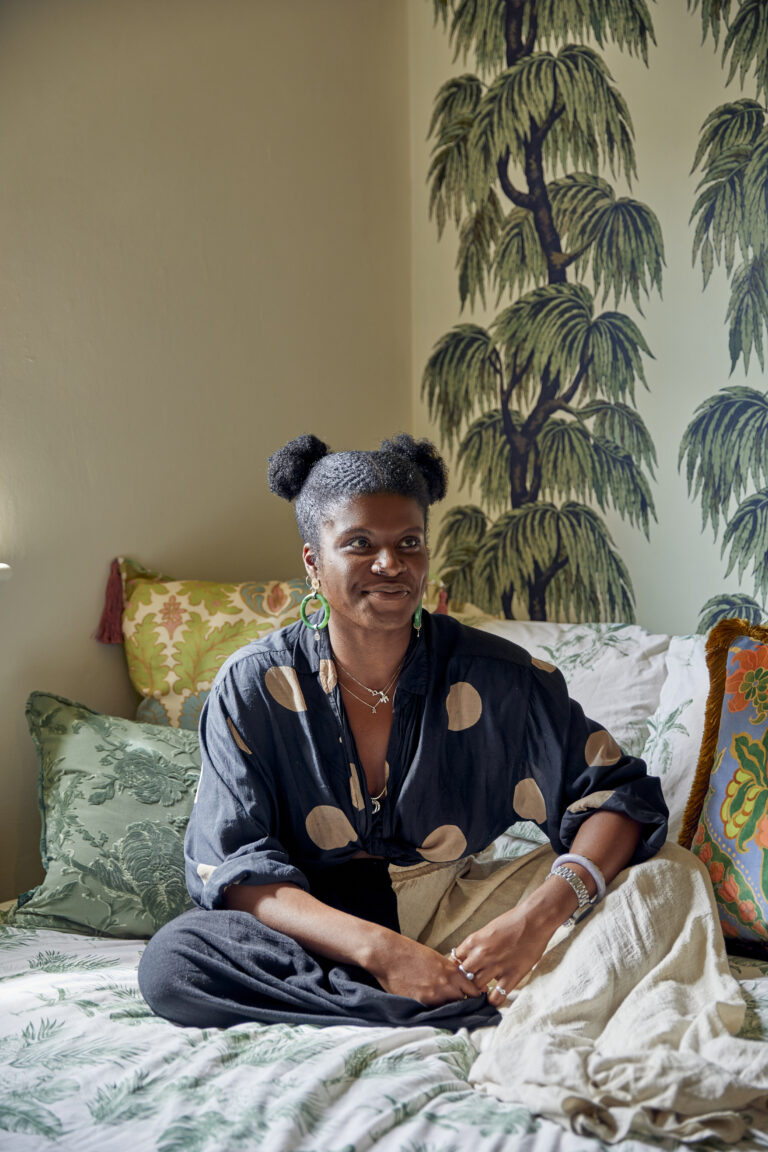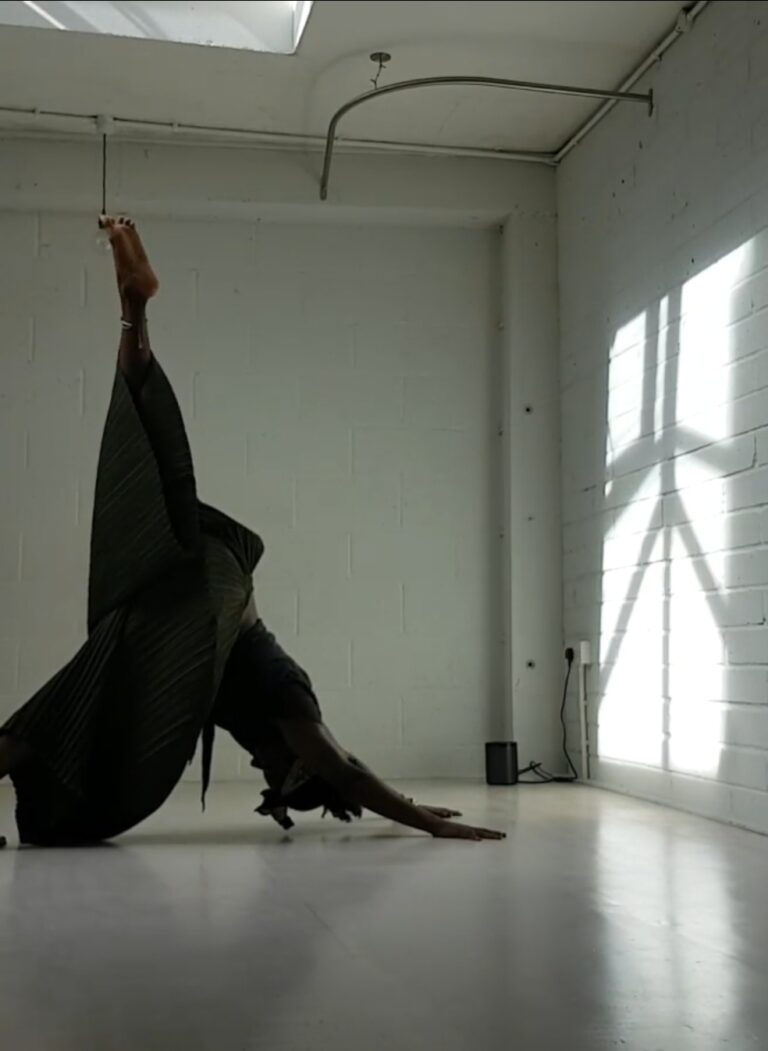How Yoga Pants Became Big Fashion’s Billion-Dollar ‘Spiritual’ Scam
Ronae Fagon-Murrain
What is a scam that has been so normalised we don’t realise it’s a scam…. Yoga apparel industry
Ok – maybe not a scam, scam but there’s definitely some scammy threads woven there…
In 2022 I sat on a panel for Fashion Revolution week discussing the greed deeply rooted in the fashion industry and the ripple effects of the Rana Plaza disaster. We spoke at length about the science of sustainable fashion developments, for example recycled polyester (rPET), which is in itself an incredible invention, however, as time has progressed, we have learned that the process of creating rPET is chemical intensive and creates a high volume of microplastics. Do we bin all rPET products? Definitely not, but we do now consider this factor as fabric evolution continues.
During the Q&A an audience member asked something along the lines of ”I’m a yoga teacher, it’s part of my job to wear leggings. What would you suggest in this type of situation” And it got me thinking…when did this actually happen? When did leggings become part of the required uniform to practice yoga? Who is benefitting from this?


Looking at this prescribed uniform through the lens of ethical and sustainable fashion it’s vital to note that the practice of yoga was banned in India during British rule – viewed as impure, irrational and unscientific. However today an entire market within the garment industry has developed after the introduction of yoga to the west, currently the yoga clothing market is valued at USD 29.69 billion and projected to grow to USD 55.65 billion by 2032. Capitalising off of an ancient spiritual practice with roots in doing no harm.
(First of the 8 limbs of yoga is Yama. The first of the 5 Yamas is Ahimsa – translating to non violence). Sounds like the same old “Big Fashion” exploitation tune to me!
Full transparency, I’ve been practising yoga for 10 years, very attached to my ‘yoga pants’ and there was a point where I wore them all day (almost) everyday. I practiced at least 4x a week and even went on to complete my 200hr yoga instructor certification when I took a break from working in fashion. I was so engrossed in the scene; I wore the uniform and simply didn’t register that companies were building a multi-billion dollar industry off of asana. How did they become the leaders of the uniform?
Two of the dominating brands in the yoga apparel industry are Lululemon and Alo Yoga. They promote tight synthetic leggings, modelled on thin (mostly white) bodies and priced on the higher end for products in this category. This is clothing that didn’t exist nor was it necessary for the lineage of yogins. From this lens it isn’t hard to see the erasure of South Asian origin, emphasis on fitness (not the goal of yoga) and reliance on oil derived fabrics. Recently reviews of Alo Yoga have shown up on social media with customers and garment experts claiming the price point doesn’t match the quality as well as concerns over the opaque nature of their supply chain.
@shiftfashiongroup We exposed ALO! why is #alo so popular now a days? How far can brand and marketing take your brand? #hacks #shoppinghaul #fabric #fashiontiktok #fashionbrands ♬ original sound - Shift Fashion Group
Meanwhile, the three pillars of Lululemon are “Be Human, Be Well, and Be Planet” yet in 2019 they were called to launch an investigation into one of their factories after reports surfaced that their female workers were being physically & verbally abused. In addition to this, Lululemon’s founder and former CEO Chip Wilson stated in his ebook “that he isn’t entirely opposed to child labour and that his own children have worked since age five.” In a 2013 interview with Bloomberg, Wilson sparked backlash after saying that “some women’s bodies just don’t actually work” for Lululemon leggings. What is “well” about body exclusion, exploitative labour and fabrics enmeshed with forever chemicals?
This behaviour encourages the elitism of yoga in the West, creates another trend for “Big Fashion” to perform & profit from but mostly, it highlights the ethics of these companies are at complete odds with the philosophy of yoga.
And there we see the scammy thread.
Now, none of this to say leggings are bad, it’s an invitation to question how they became synonymous with yoga and a prerequisite to practice asana.
Leggings are great! I still own and wear the majority of mine but in light of this uniform that has silently been enforced – via billion dollar companies in direct conflict with the philosophy of yoga – I have slowly started to reimagine what it would be like if we all turned up to class with the knowing we can wear whatever feels comfortable and assists our bodies. Expanding my perception of what I want to move my body in.
Recently, I’ve been turning up to studios in a pair of long super wide leg cotton trousers and an oversized t-shirt. The loose nature of the trousers has brought a new presence to my practice and dials down any lurking body comparisons.
As with the journey to approaching a slow fashion lifestyle it’s encouraged for us all to feel into what suits us, wear what evokes enjoyment and consume with the intention of causing as little harm as possible. I invite the same approach with our yoga clothing. While we practice and step onto the mat we must remember we are also stepping into a tradition that is thousands of years old. There is no prescribed ‘look’ we need to have to practice that.




